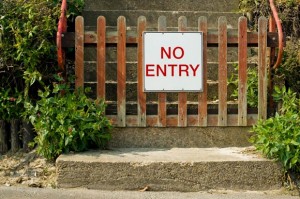 How much does your website affect the decision-making of your visitors?
How much does your website affect the decision-making of your visitors?
Yesterday I was trying to decide which of two outdoor attractions to visit with my children, to break up a long car journey, and had no information available other than that on the internet.
Naturally, I compared the websites. I know I spend much of my day online, but isn’t the internet a common first port of call these days?
The website of one was smart, appealing and well designed, with large high quality graphics and a clean layout with clear navigation. It used most of the available window, and videos loaded quickly. The design was modern, with a good use of colour, and the messages to be conveyed were clear.
The second website was much less impressive: the images were poor quality and small. The layout was long and thin, only 600px wide (vs. the 980px of the first site) and seemed cramped. The promise of an interactive tour wasn’t met, as it wouldn’t work. Navigation was confusing and there was no sitemap. The site was designed 8 years ago – and it shows.
Based on the website alone, I would have gone for the first attraction: no question. In fact, we’d already visited the first, so I decided to try the second attraction. And we had a wonderful time, emerging at the end of the day happy, wind-blown and sunburnt, and muddy beyond belief.
However, that was completely unpredictable, based on the website. I was not expecting that we would have as good a time as we did – because the website didn’t match reality.
I know the British go for understatement, and are unwilling to boast – but I wonder how many more visitors the second attraction would receive if its website were more attractive?
How attractive is your website compared to its peers? Does it have the effect you’re hoping for, or is it at risk of having the opposite effect?
Lucy is Editor at Corporate Eye


